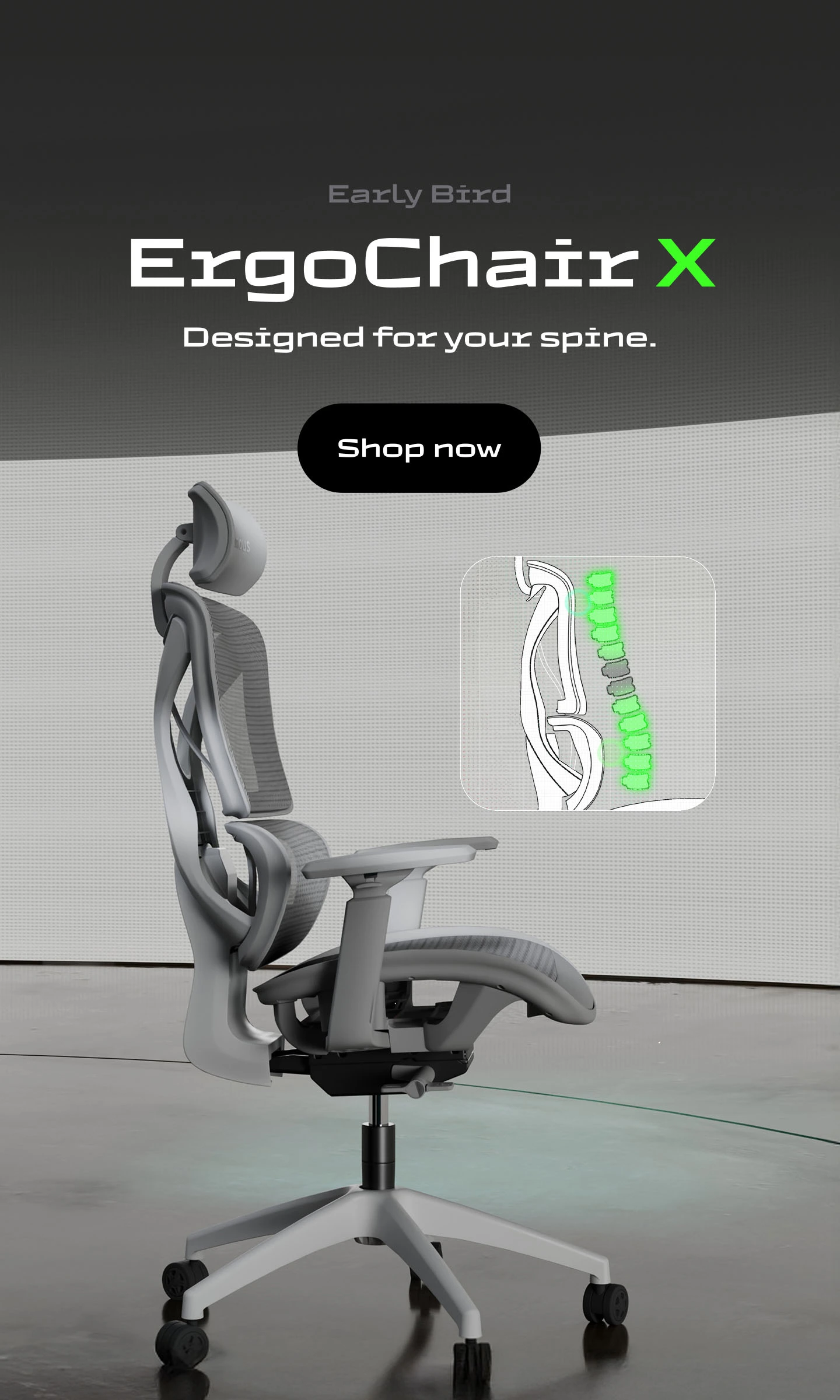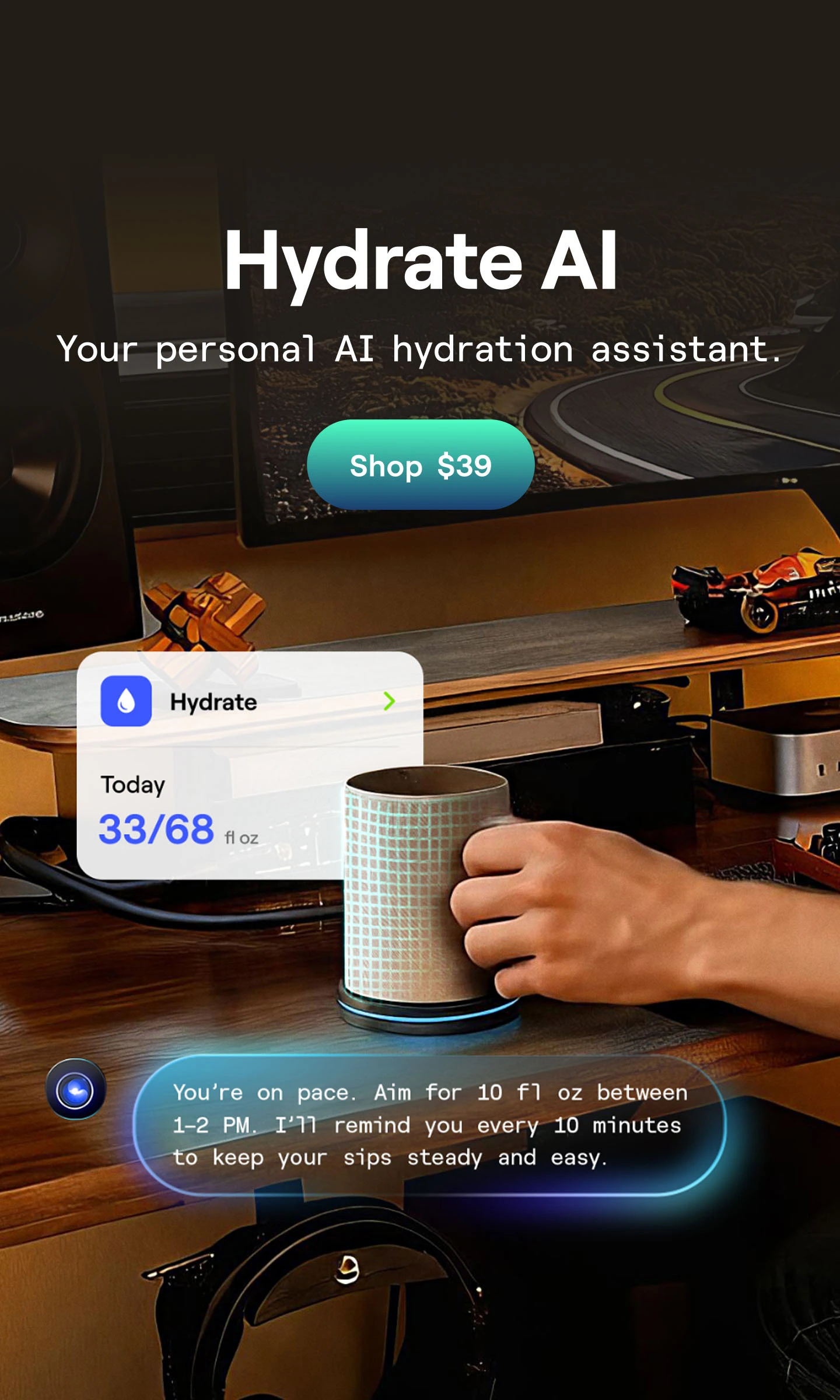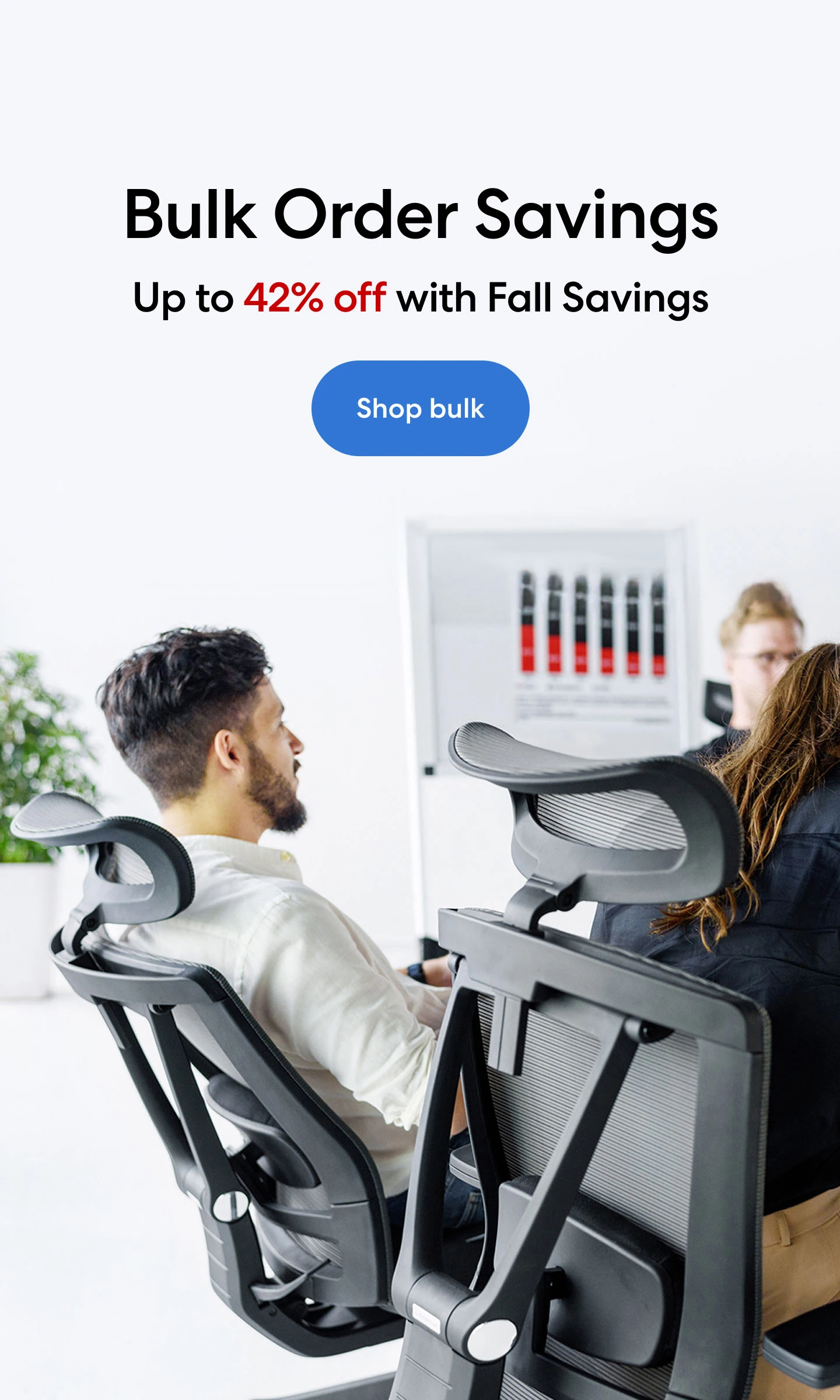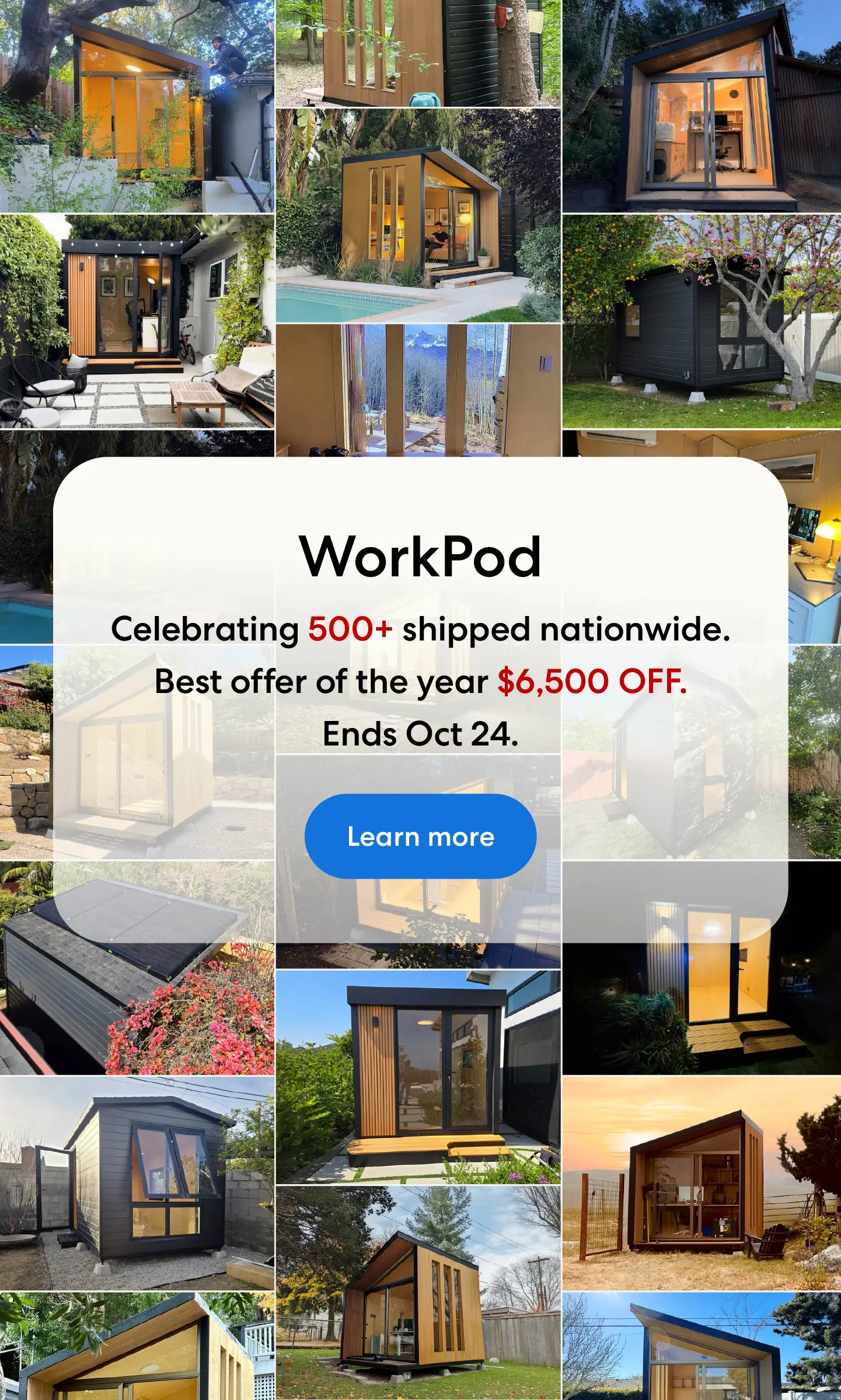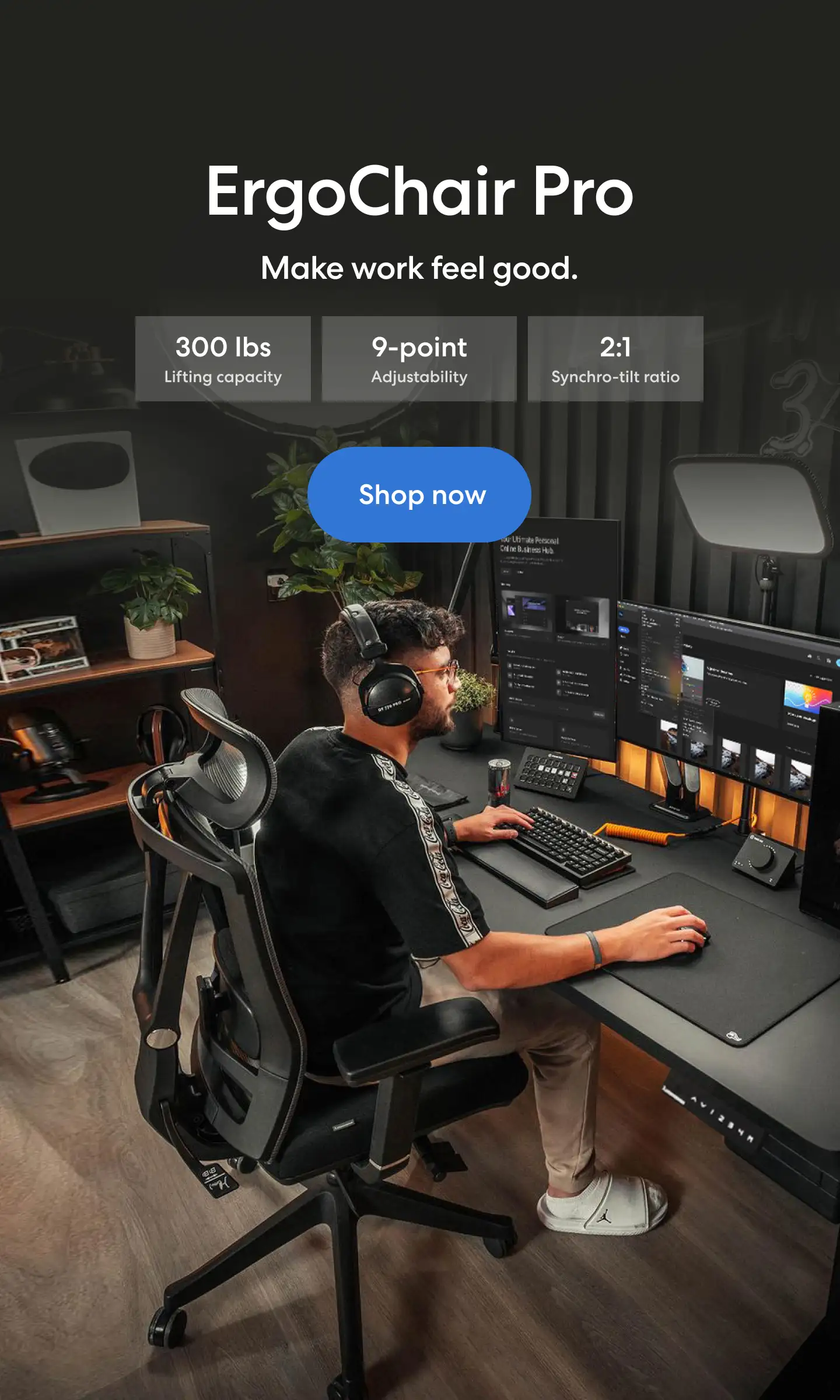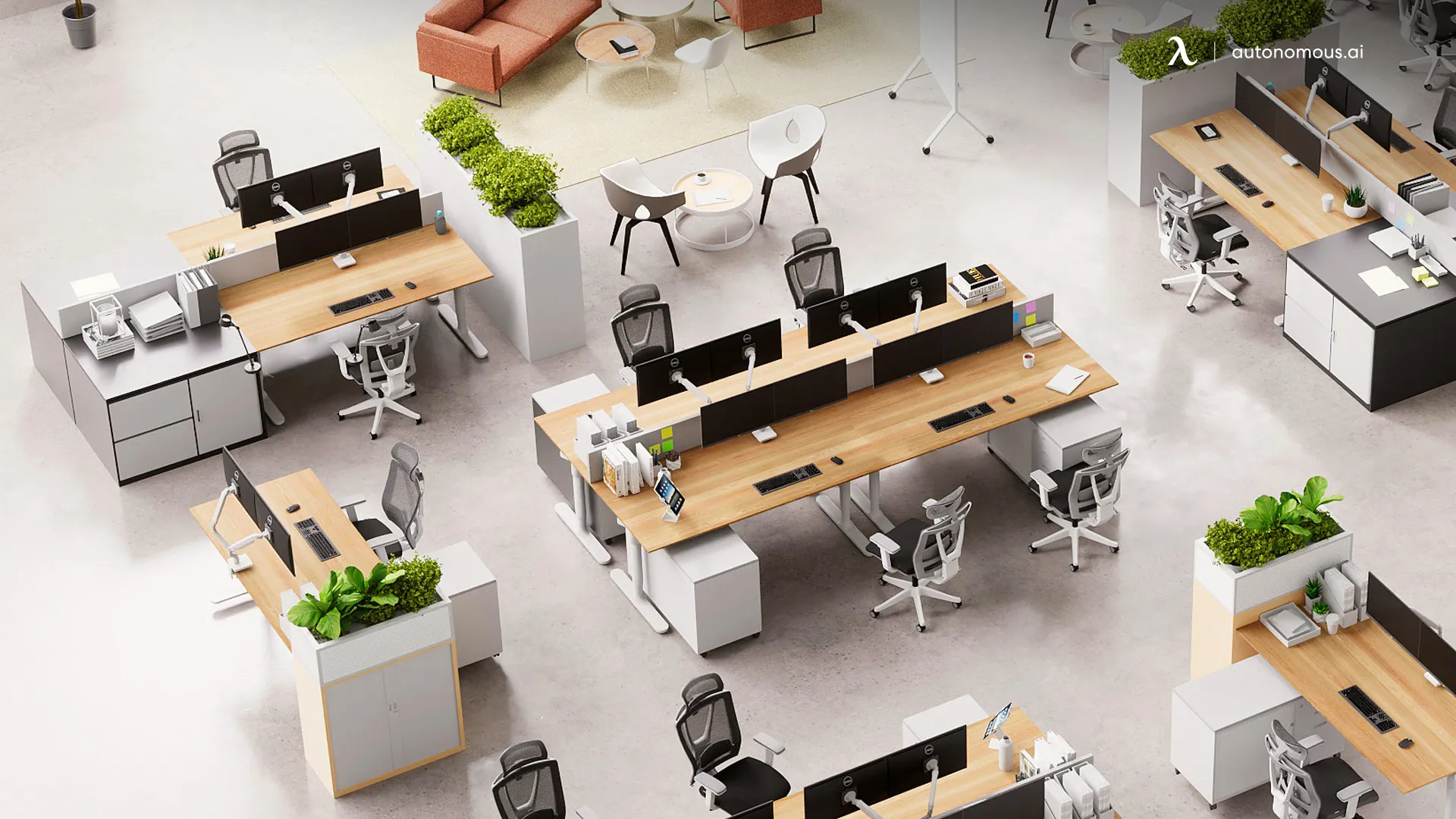
Office Cubicle Alternatives: Creative Solutions for Modern Workspaces
Table of Contents
The traditional office cubicle, once a cornerstone of workplace design, is gradually losing its prominence in today’s fast-evolving work environments. Modern companies are redefining their office layouts, prioritizing designs that foster collaboration, creativity, and flexibility. These shifts reflect a growing need for spaces that accommodate diverse work styles and hybrid setups.
If you’re exploring office cubicle alternatives or looking for office cubicle hacks to update your space, this guide will provide insights into innovative solutions. Whether you aim to improve functionality, enhance aesthetics, or boost employee satisfaction, the right adjustments can transform any workspace.
For inspiration, check out these office cubicle decor ideas to elevate your cubicle’s style and create an environment that supports both productivity and creativity.
Why Consider Alternatives to Cubicles?
While cubicles offer a degree of privacy and organization, they also come with limitations:
- Lack of Collaboration: Traditional cubicles can isolate employees, reducing opportunities for teamwork.
- Inflexibility: Fixed structures can’t adapt to changing office needs or layouts.
- Uninspiring Design: The uniformity of cubicles may stifle creativity and employee satisfaction.
Exploring office cubicle options that prioritize openness, comfort, and adaptability, you can transform your workspace into an area that boosts productivity and engagement.
Top Office Cubicle Alternatives
1. Open-Plan Workspaces
Open-plan layouts eliminate barriers, creating a shared environment where employees can collaborate freely. Instead of isolating workers in individual cubicles, this design fosters teamwork and transparency, making it a popular alternative for modern offices.
- Features: Open-plan offices include large, shared desks, minimal dividers, and communal spaces that promote interaction and collaboration. For inspiration, explore these open office design ideas to create a dynamic and engaging setup.
- Benefits: This layout encourages communication, supports teamwork, and promotes inclusivity within the workplace. Employees feel more connected and collaborative, fostering a positive and creative atmosphere.
- Challenges: Noise and distractions can be common drawbacks in open-plan designs. Addressing these issues with soundproofing materials or creating designated quiet zones is crucial to maintaining productivity and focus.
- Ideal For: Open-plan workspaces are well-suited for creative industries, startups, and roles that require frequent brainstorming or team-based projects.
To add a modern and spacious aesthetic, consider implementing the open ceiling concept. This trend exposes structural elements like beams and ductwork, giving the office an industrial and expansive feel.
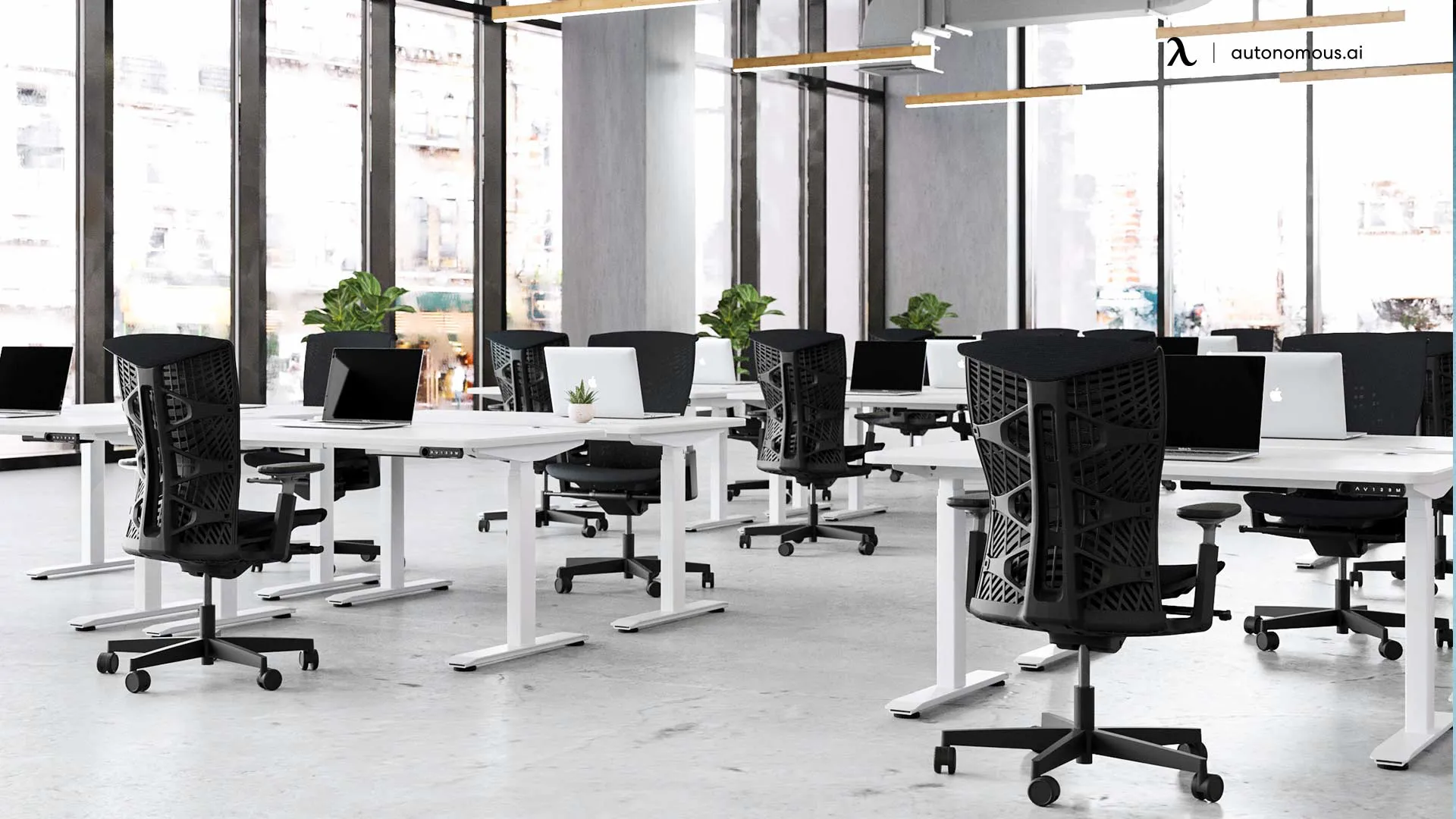
2. Modular Workstations
Modular workstations combine the structure of traditional cubicles with the added benefit of flexibility, making them a versatile option for modern workplaces. These setups are designed with movable components that can be easily reconfigured to suit evolving needs, allowing businesses to adapt quickly to changes.
- Features: Modular workstations often include adjustable panels, reconfigurable desks, and customizable layouts. These features enable teams to create personalized workspaces that align with their specific tasks and preferences. For more insights, check out this guide on modular office cubicles.
- Benefits: The adaptability of modular workstations makes them ideal for businesses experiencing growth or shifting team dynamics. They allow offices to scale operations, reorganize layouts, or accommodate hybrid work setups with ease.
- Challenges: While modular workstations offer long-term value, the initial investment for high-quality furniture may be higher compared to traditional cubicles. However, their durability and flexibility often outweigh the upfront cost.
- Ideal For: These workstations are perfect for growing businesses, hybrid work environments, and teams with varying workflows. Their flexibility ensures that the workspace evolves alongside the organization’s needs, providing both structure and adaptability.
Modular workstations strike a balance between practicality and innovation, offering a scalable solution for businesses that prioritize both functionality and modern design.
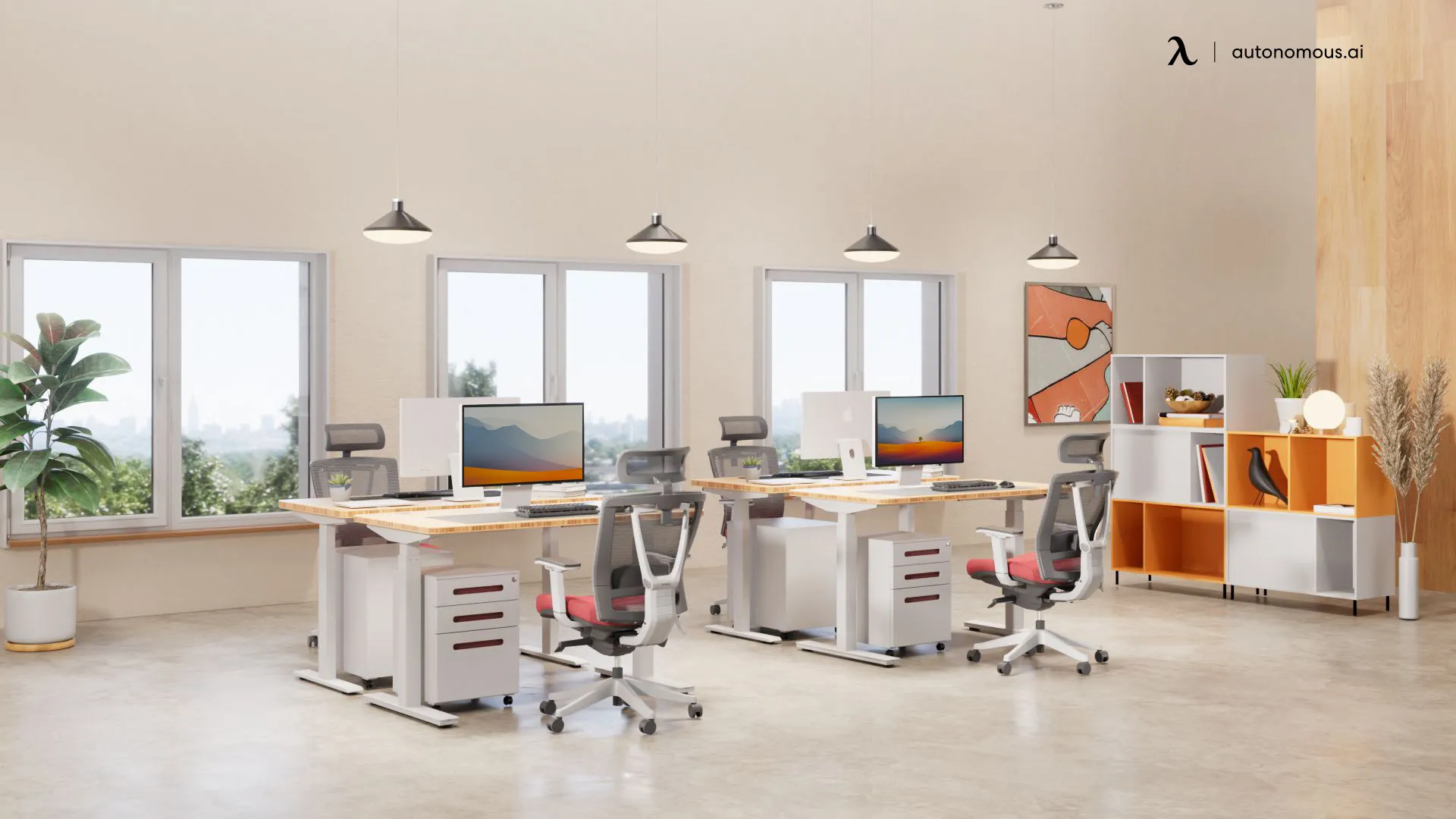
3. Bench Desking
Bench desking involves shared work surfaces that maximize space efficiency and foster collaboration. These are typically long, continuous desks with multiple seating areas.
- Features: Minimalistic design with shared workstations, sometimes paired with desk dividers for semi-privacy.
- Benefits: Saves space, reduces costs, and encourages a sense of community.
- Challenges: Limited personal storage and potential for crowding.
- Ideal For: Small teams, tech companies, and offices prioritizing a clean, modern look.
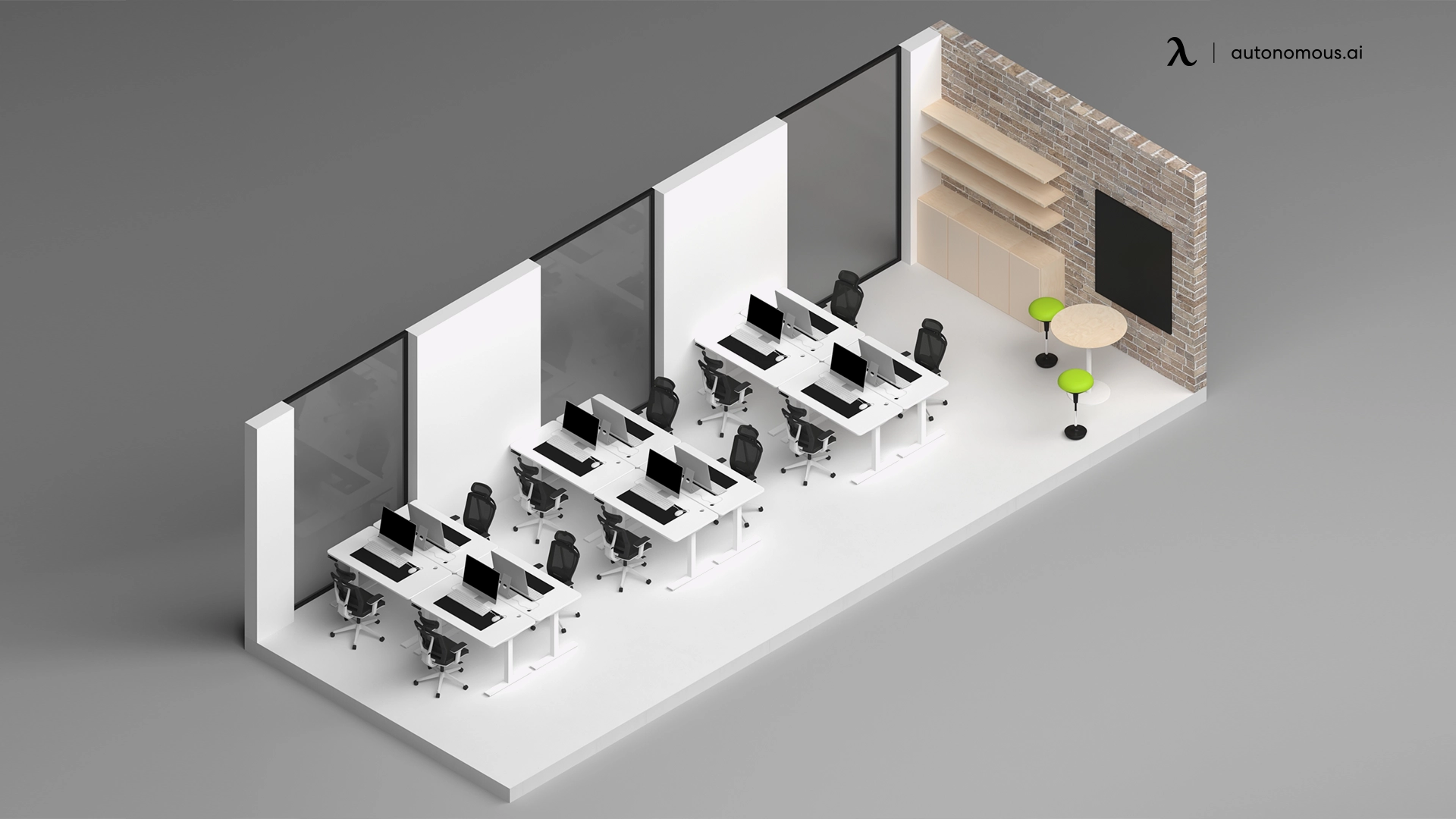
4. Private Pods
Private pods are small, enclosed spaces designed for individual work or private meetings. They provide an escape from the distractions of open offices.
- Features: Soundproof walls, built-in desks, and comfortable seating. Some models include lighting and ventilation systems.
- Benefits: Offers privacy and focus while still being compact and space-efficient.
- Challenges: High initial cost for quality pods; limited to one or two users per pod.
- Ideal For: Large offices with open layouts, remote meeting spaces, and focused individual work.
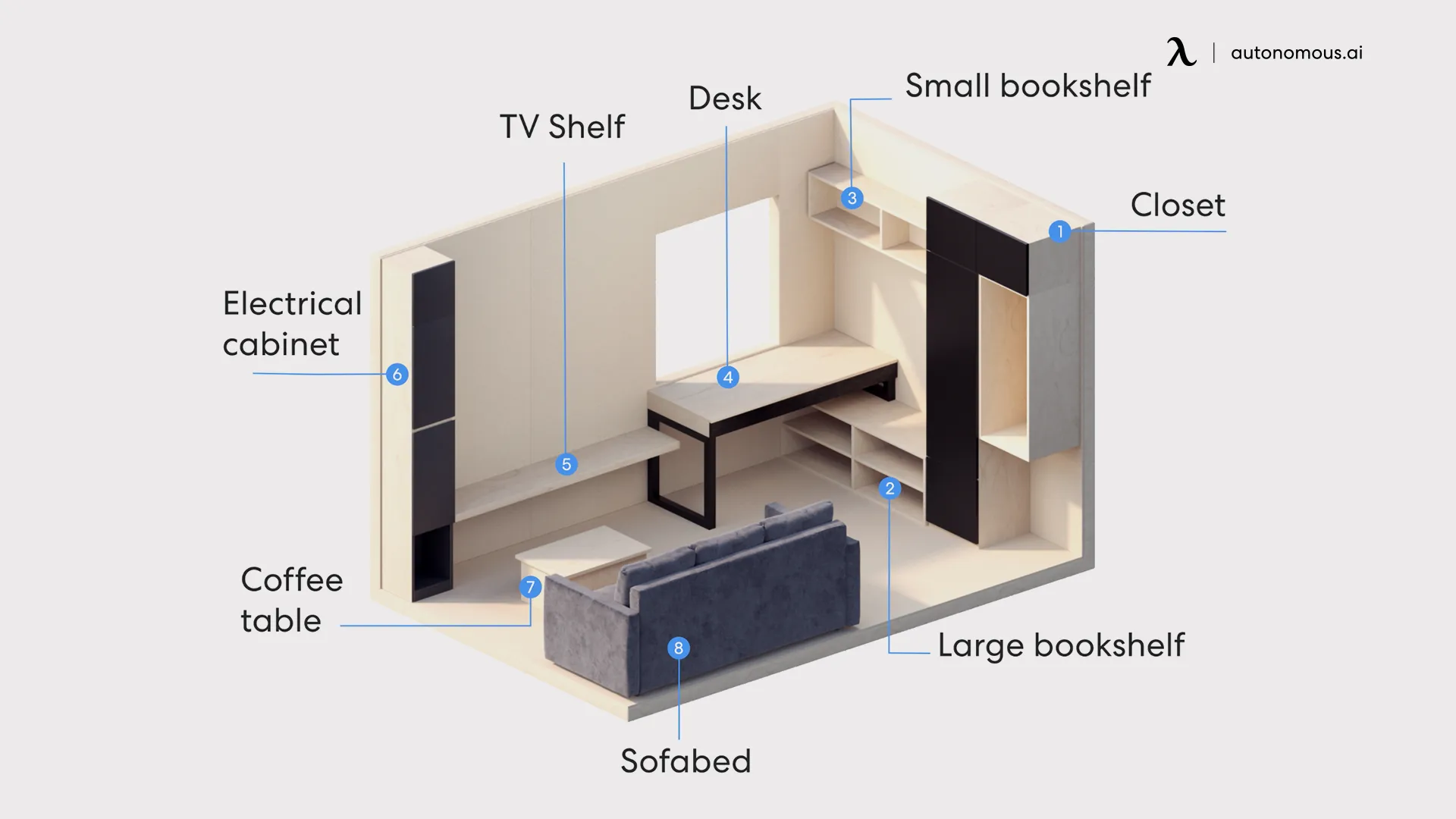
5. Standing Desks
Standing desks are versatile solutions that allow employees to alternate between sitting and standing. They’re often equipped with adjustable heights to accommodate different preferences.
- Features: Height-adjustable mechanisms, spacious surfaces, and ergonomic designs.
- Benefits: Promotes movement, reduces sedentary behavior, and improves posture.
- Challenges: May not suit employees who prefer sitting for long hours; initial investment can be high.
- Ideal For: Health-conscious workplaces, remote workers, and roles involving computer-intensive tasks.
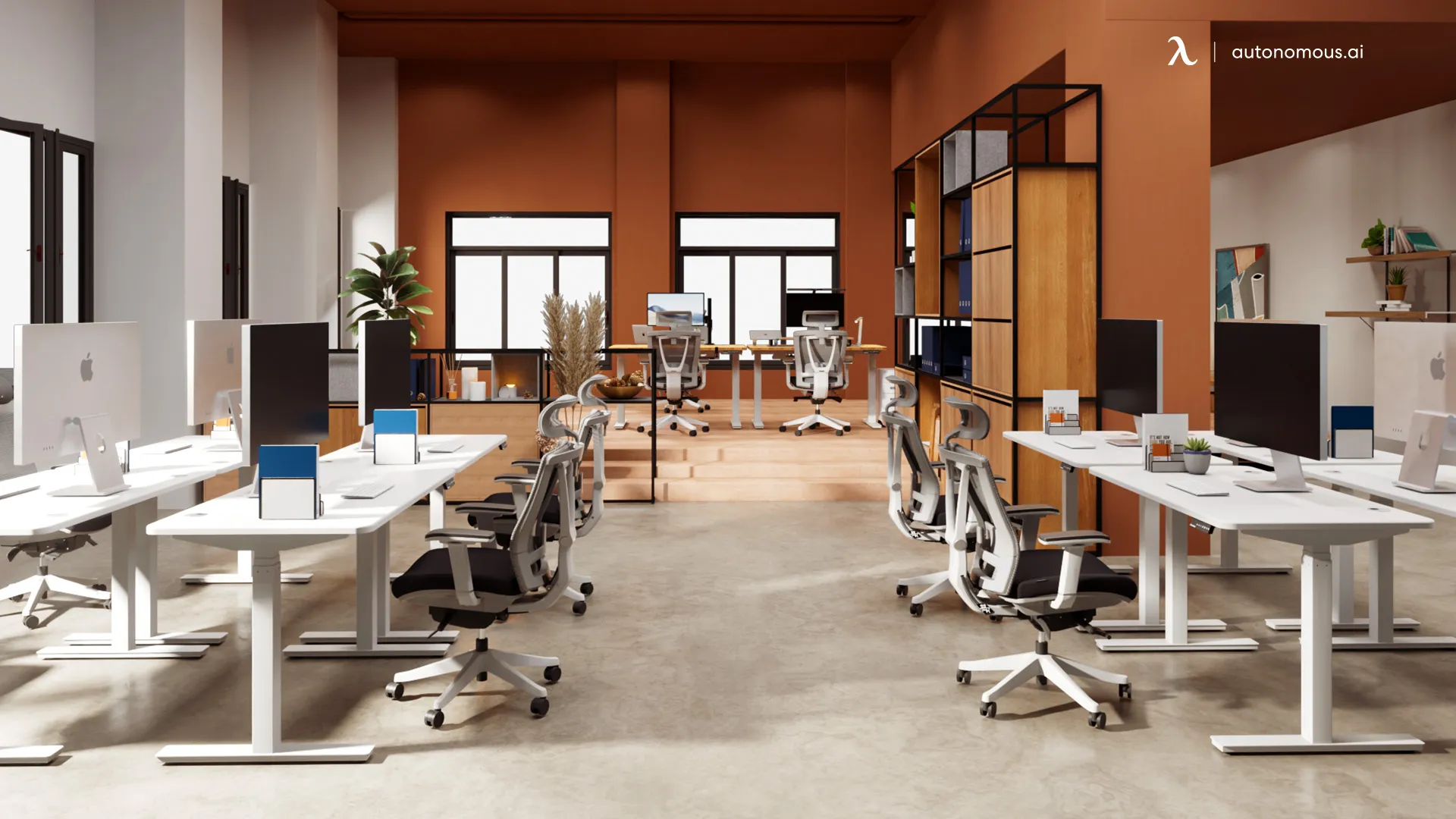
6. Lounge Areas
Lounge areas replace traditional desks with comfortable seating, like sofas, armchairs, and coffee tables. These spaces encourage relaxation and informal discussions.
- Features: Plush seating, casual layouts, and inviting decor.
- Benefits: Boosts creativity, supports brainstorming, and offers a break from rigid desk setups.
- Challenges: Not suitable for tasks requiring ergonomic desk setups.
- Ideal For: Creative brainstorming, informal meetings, and break areas.
-3d23bacf-442f-4dc2-90a1-e3aa687d266e.png)
7. Collaborative Zones
Collaborative zones are open spaces equipped with tools and furniture designed for teamwork. They often include whiteboards, shared tables, and flexible seating arrangements.
- Features: Mobile furniture, writable surfaces, and multimedia capabilities.
- Benefits: Encourages idea-sharing and collective problem-solving.
- Challenges: May disrupt employees who require a quieter workspace nearby.
- Ideal For: Team projects, strategy sessions, and brainstorming workshops.

Factors to Consider When Choosing Office Cubicle Options
Choosing the right office cubicle alternatives involves evaluating several key factors to ensure your workspace is functional, efficient, and visually appealing.
Start by assessing the size of your office. The layout you select should optimize the available space, ensuring every corner is used effectively without causing overcrowding. A well-planned design not only maximizes productivity but also creates a comfortable environment for employees. For guidance, review the average size of an office cubicle to determine the right dimensions for your setup.
Next, consider employee needs. Striking a balance between privacy and collaboration is crucial. While some employees may require quieter spaces to focus, others may thrive in open, team-oriented environments. Designing workstations that accommodate these diverse needs leads to higher satisfaction and efficiency. Incorporating Feng Shui office cubicle principles can further enhance comfort and productivity by creating harmonious spaces.
Budget is another significant consideration. Look for cost-effective options, such as modular furniture or refurbished pieces, which provide functionality and style without exceeding your financial limits. These alternatives often offer excellent value, combining quality with affordability.
Lastly, reflect on how the workspace design aligns with your brand identity. Your furniture and layout should represent your company’s culture and values, leaving a cohesive and professional impression on both employees and visitors. A thoughtfully designed workspace not only boosts morale and teamwork but also elevates your business’s image.
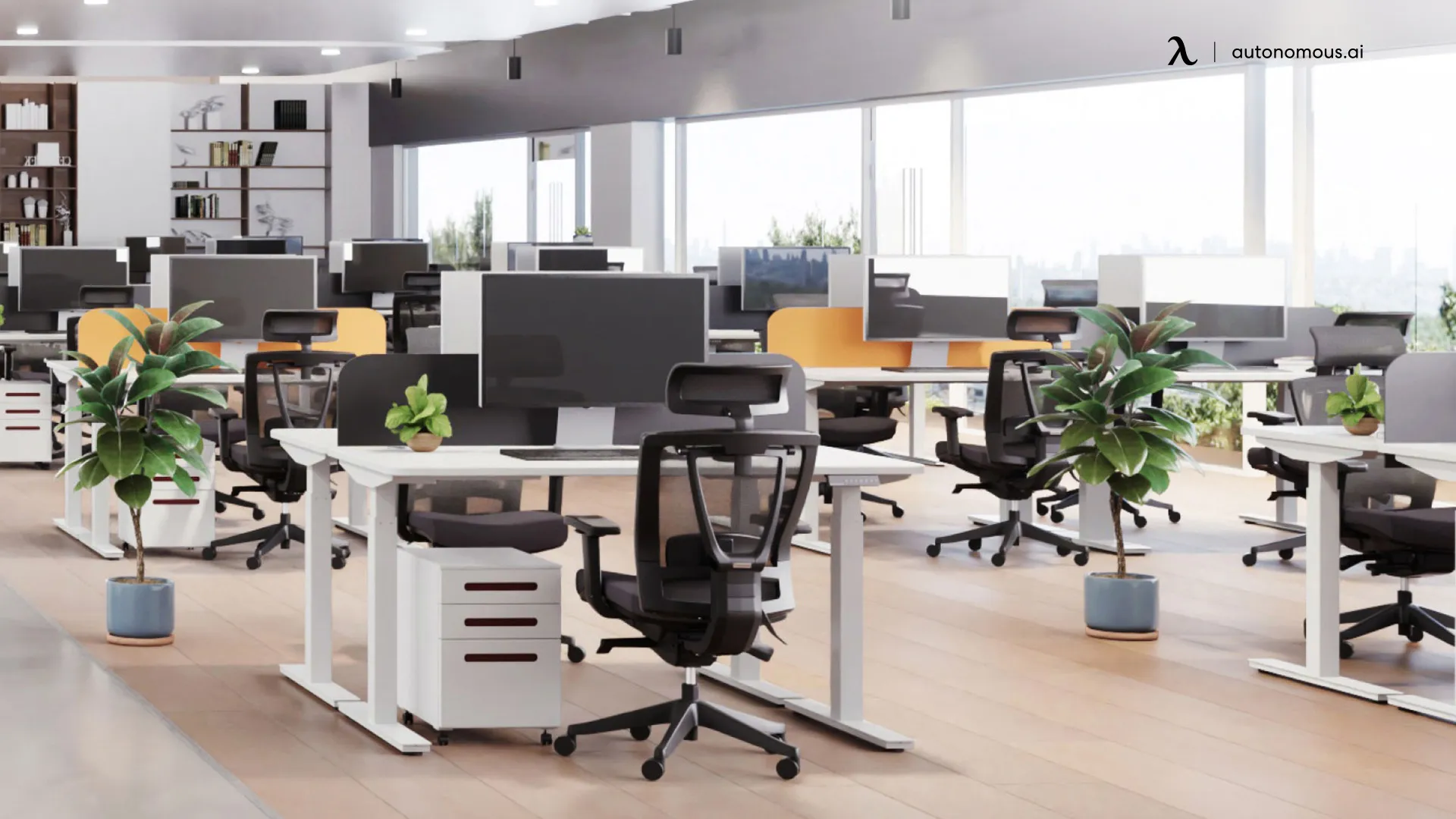
Office Cubicle Hacks for Enhanced Functionality
For businesses unable to fully transition to modern office cubicle alternatives, small yet impactful adjustments can make a world of difference. These office cubicle hacks provide practical, affordable ways to improve functionality and comfort in traditional setups.
One highly effective hack is to incorporate height-adjustable desk converters. These tools allow employees to alternate between sitting and standing throughout the day, promoting movement and reducing the physical strain associated with prolonged sitting. This simple addition can significantly enhance ergonomic comfort in any workspace.
Another practical upgrade is the use of wall-mounted organizers or magnetic boards. These solutions help maximize vertical space, keeping desks clutter-free and boosting organization. Adding task lighting is another valuable improvement. Proper lighting not only minimizes eye strain but also enhances overall productivity by creating a well-illuminated environment.
To make cubicles more inviting and personal, consider small yet meaningful touches. Incorporating plants, artwork, or family photos can transform a bland cubicle into a vibrant and inspiring space. Explore options like cubicle plants for added greenery, which also improves air quality and promotes well-being.
If you're looking for creative ways to enhance your workspace, check out modern office cubicle decor for trendy ideas or opt for minimalist cubicle decor for a sleek and uncluttered aesthetic. Want something more playful? Cute office cubicle decor ideas can add fun and personality to your space.
For budget-friendly options, turn to small office cubicle decoration ideas. These ideas show how even a modest investment can refresh your cubicle. And for must-have tools and accessories, explore cubicle essentials to enhance functionality and organization.

Pros and Cons of Office Cubicle Alternatives
| Pros | Cons |
|---|---|
Increased Collaboration and Communication: Open layouts encourage teamwork and idea sharing. | Potential Noise Distractions: Open spaces can be noisy without proper sound management. |
Flexibility: Modular setups adapt to changing office needs and team sizes. | Reduced Privacy: Alternatives like open workspaces may lack personal space. |
Enhanced Employee Satisfaction: Modern designs create inviting and comfortable environments. | Initial Transition Costs: Switching to new layouts or furniture may require significant investment. |
Space Optimization: Options like standing desks and bench desking maximize available space. | Adjustment Period: Employees may need time to adapt to new layouts or workflows. |
Promotes Health and Well-being: Features like standing desks reduce sedentary behavior. | Not Always Suitable for All Roles: Highly focused tasks may still require private setups. |
To address these challenges, ensure that alternative setups include noise management solutions and options for individual-focused work.
Conclusion
Exploring alternatives to cubicles is an excellent way to modernize your office, enhance employee satisfaction, and boost productivity. Whether you opt for modular workstations, standing desks, or private pods, there are numerous office cubicle options to suit any business need.
For those sticking with traditional cubicles, small changes through office cubicle hacks can make a significant difference. By prioritizing flexibility, functionality, and employee well-being, you can create a workspace that inspires creativity and success. Now is the time to rethink your office design and embrace the possibilities of a more dynamic and collaborative workplace!
Spread the word

.svg)
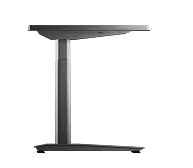
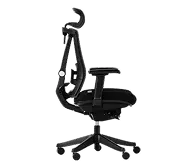
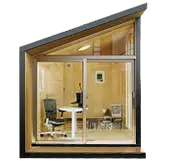
.jpg)


